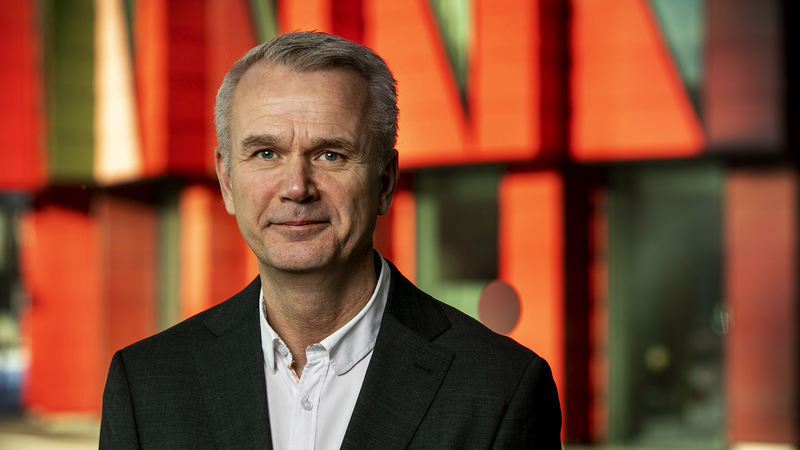NordicWay 2

This project contributes to the development and harmonisation of C-ITS services, where cloud-to-cloud communication will contribute to a more efficient and secure transport system. NordicWay 2 will prepare for the implementation of C-ITS services by developing a digital infrastructure that supports hybrid communication of traffic-related data.
Both vehicles and infrastructure are becoming increasingly connected, which opens up new possibilities for a more efficient transport system. New services that improve traffic flows and increase traffic safety through smart communication will contribute to increased accessibility and fewer accidents in the future. NordicWay 2 aims to develop and test Cooperative Intelligent Transport Systems (C-ITS) by supporting cloud-to-cloud communication with both cellular and short-range communication, which prepares for implementation. The goal is to test the interoperability of multiple C-ITS services and contribute to the harmonisation by developing a digital infrastructure that prepares the transport system for connected and autonomous driving.
In the project, CLOSER is responsible for the design of two pilots for different C-ITS services with a long-term target of implementation
- Access control to defined infrastructure
- Dynamic environmental zones
The objective of access control to defined infrastructure is to develop a digital architecture for information exchange between traffic control centers and vehicles in order to enable a traffic system where vehicles that meet certain predetermined requirements have access to infrastructure with spare capacity in congested areas. In the long run, this could contribute to more efficient traffic management and incentives for more sustainable vehicles and transport systems.
The objective of dynamic environmental zones is to meet current and future challenges of emissions in urban environments and create possibilities for cities to set virtual zones so that the character of a vehicle can adjust accordingly when entering the zone, in this case, a hybrid car switches from normal operation to electric operation. These zones may need to be changed over time due to current emissions or air quality, whereupon the possibility of creating dynamic zones must be tested. By distributing information about the current zone, the vehicles can calculate which powertrain they need to operate on in order to optimise the use of electric operation.
NordicWay 2 is a twinning project between Denmark, Finland, Norway and Sweden in which both public sector agencies and the private sector participate. The project is co-financed by the EU through the Connecting Europe Facility (CEF) programme and is ongoing between 2017 and 2020.

